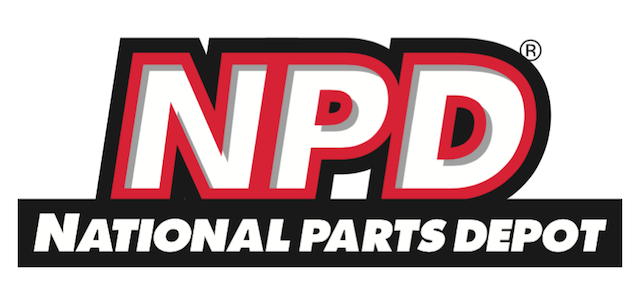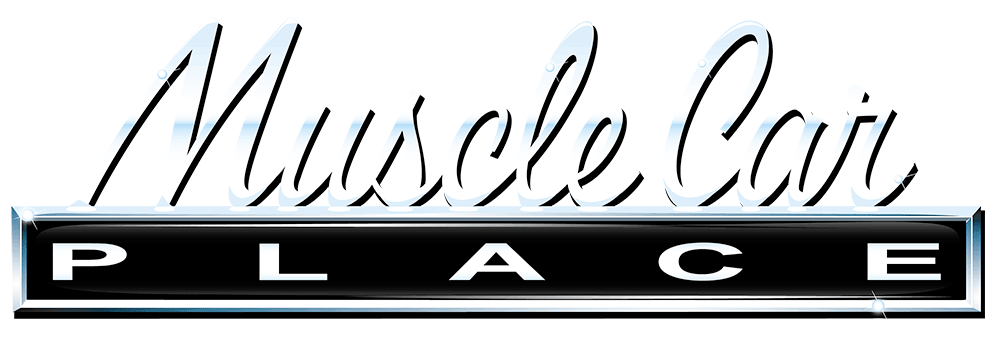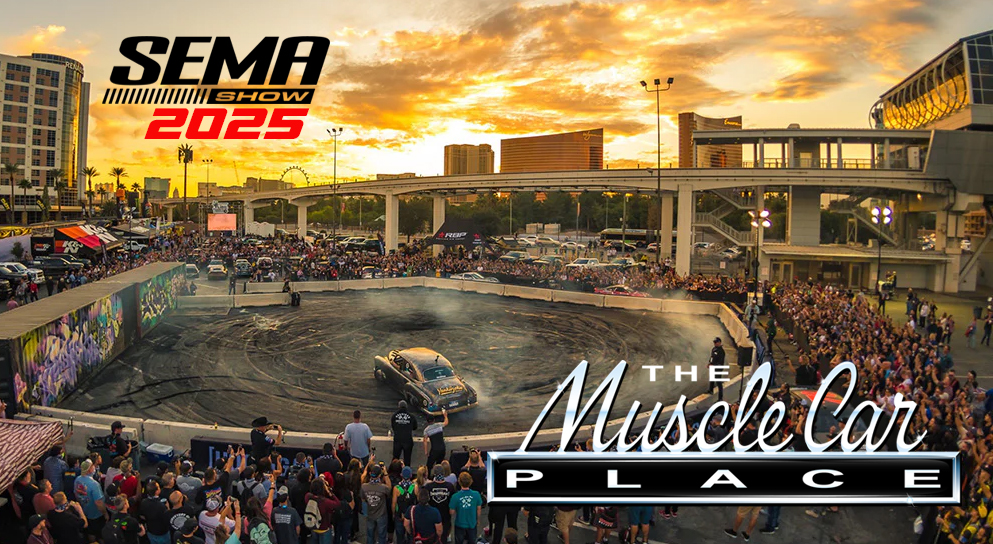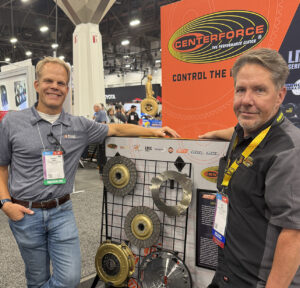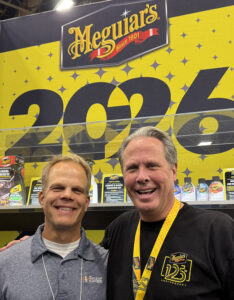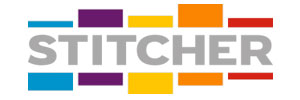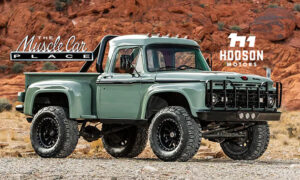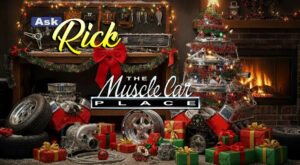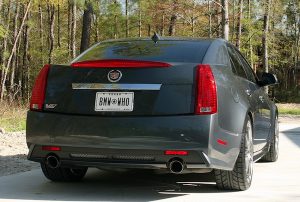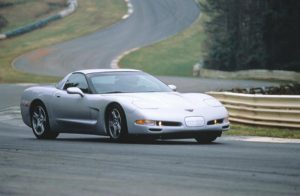Podcast: Play in new window | Download
Subscribe: Apple Podcasts | RSS
FEATURE INTERVIEWS:
SEMA SHOW SPECIAL 2025 – Episode #4:
This is it — the final installment of the SEMA 2025 Interview Spectacular, and what a run it’s been. This year’s coverage has easily been our strongest and most in-depth SEMA content to date, packed with real interviews, real builders, and real stories from the industry’s best. If you’ve been following along all month, thank you — and if this is your first stop, you picked one of the best episodes to jump in. Let’s close it out strong.
Centerforce – Picking the Right Clutch the Smart Way
Picking the Right Clutch: Centerforce’s Real-World Guide with Trent McGee
Rob’s first SEMA stop in this episode is back to Centerforce with Trent McGee, who explains that clutches are not a one-size-fits-all decision. Centerforce has been around for more than four decades and covers everything from mild street upgrades to aggressive race hardware, but Trent stresses that the right choice always comes down to what you actually do with the car. Power level, how often you race, how much street time it sees, and how much harshness you’re willing to live with are all part of the equation.
For the classic muscle crowd—think a mostly stock ’69 Camaro 396 that might see the drag strip “for funsies”—Trent recommends their Dual Friction single-disc setup. One side of the disc uses a full-face organic lining for smooth, easy engagement, while the other side uses segmented organic material to bump up holding capacity. To paint the mental picture, he compares it to someone standing on your chest in sneakers versus high heels: it’s the same weight either way, but the focused contact patches of the segmented side dramatically increase clamp force in a smaller area. This lets the clutch behave well in traffic while still handling spirited launches.
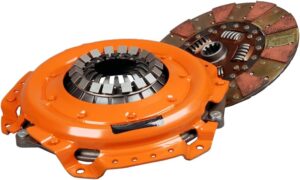
As power and abuse go up, the conversation shifts into twin-disc territory. For an Optima Ultimate Street Car–style car making around 800 horsepower that still must road rally and stop-and-go on the street, Trent points to Centerforce’s Dyad DS twin disc. By doubling the amount of friction area and sticking with organic materials, the Dyad can hold roughly four-digit torque figures while staying controllable enough to pull away from a stop without acting like an on/off switch. For the hardcore competitors who care more about track performance than ice-cream runs, the XDS version uses a more aggressive cerametallic material that grabs harder as it gets hot, at the cost of civility.
Trent also works through a drag-focused scenario: a stick-shift car with 500–600 horsepower and a driver who lives for hard launches and rowing gears. At the lower end of that scale, a Dual Friction can still work; as the power and launch violence increase, a DFX paddle-style cerametallic single disc starts to make more sense. It will take the shock and hold hard, but feels much more like a race part and much less like something you want for a long Sunday cruise. The same principles trickle into other platforms too, like Miatas and off-road rigs. Centerforce offers refreshed clutch lines for older Miatas and is working on 2.0L applications, and Trent even runs their gear in his own LS-swapped rock buggy. His closing advice is simple: if you’re not sure, call Centerforce or hit centerforce.com. Have your power level and intended use in mind, and their tech team will walk you to the right clutch for your situation.
Learn more at
https://www.centerforce.com/

Holley – LT Swaps, Fourth-Gen Redemption, and Swap Essentials
Making the Uncool Cool: Holley’s 4th-Gen F-Body LT Swap and Swap Essentials with Mark Gearhart
The second interview brings in Mark Gearhart from Holley, a longtime “Gen 1 digital” industry media guy who now serves as a business unit director overseeing a huge slice of Holley’s engine-swap ecosystem. Instead of just marketing, Mark now owns everything that bolts to an engine and makes it work in a swap: intake manifolds, throttle bodies, accessory drives, oil pans, fuel systems, exhaust, and the swap kits that tie all of it together in real cars.
At SEMA, Holley’s headline showpiece is a cat-eye 4th-gen Camaro that they LT-swapped in-house in just 34 days. Rob admits up front that 4th-gen F-bodies have always been his least favorite Camaro shape, but this car is so well executed he has to eat his words. Mark describes the concept as if a 5th or 6th-gen ZL1 1LE and a 4th-gen Camaro had a baby: it runs an LT4 backed by a 6L80 that fits without cutting the tunnel, uses modern suspension from QA1 and Detroit Speed, and packages all of it around a mix of Holley engine mounts, transmission mounts, and a trick rearend based on a Ford 8.8 inside a 9-inch case. The interior remains mostly stock but updated with a Holley 12.3 Pro Dash skinned to look exactly like the original 4th-gen gauge cluster, giving it a factory-plus vibe that feels natural.
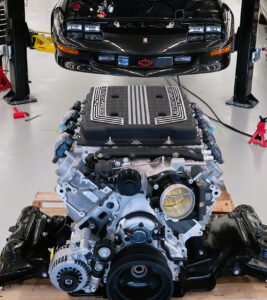
The car isn’t just a styling exercise; it’s a statement about where the hobby is going. For folks now in their mid-40s, 4th-gens were the dream machines in high school parking lots. Just like C10s, Fox bodies, and third-gens before them, they’re aging into prime “build it the way I always wanted it” territory. Holley built this Camaro to show that these cars can be done tastefully and functionally in a way that bridges the gap between modern daily-driver expectations and old-school fun. More power, better drivability, factory-style conveniences like smooth-shifting overdrives and digital clusters—those things make it far more likely you’ll actually drive and enjoy the car.
From there, Mark zooms into Holley’s broader Swap Essentials plan. Historically, you could buy every piece you needed from Holley, but it was all à la carte and easy to get lost in part numbers. Now they’re bundling things into staged kits, starting with GM platforms. A base swap essentials kit covers the engine and transmission mounts; subsequent levels add the correct oil pan, headers or manifolds, exhaust, and a platform-specific front accessory drive that clears frame rails and accessories properly. The goal is to make it possible to say “I want to put an LS or LT in my ’67 Camaro” and buy a single part number that gets you from crossmember to firewall with minimal head-scratching. From there, you choose which EFI or induction route you want, mirroring the simplicity people already love in Holley’s Sniper EFI and HyperSpark bundles.
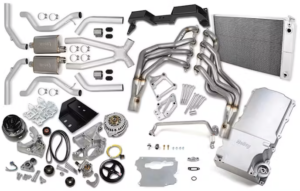
Mark also touches on the reality of EV and hybrid performance in the aftermarket. Holley’s ecosystem, including AEM, already supports control solutions for Tesla and other electric drive units, but he points out that the EV swap world is still mostly one-off builds with complex high-voltage wiring and no common pattern like “LS in a first-gen Camaro.” It’s not off the radar, but for now the more intriguing playground might be performance hybrids—think a C6 or C7-style “E-Ray” concept where an internal combustion engine and a small electric drive unit work together for more power and torque, not necessarily to save gas. Through it all, Mark keeps circling back to the same ethos: Holley is a building full of enthusiasts in Bowling Green trying to dream up parts that make your project more fun and more achievable, and they want feedback from the people actually doing the swaps.
Learn more at
https://www.holley.com/
Meguiar’s – Pro Results Without the Pro Headaches
Pro-Level Detailing for Everyday Builders with Mike Pennington
The final SEMA conversation is with Mike Pennington from Meguiar’s, who bridges history, chemistry, and simple how-to advice in one shot. Before most of us ever saw Meguiar’s bottles on store shelves, the company was already deeply embedded in the professional world. They began in 1901 as a furniture polish outfit, moved into body-shop and automotive paint care, and only launched a true consumer line in 1973. The pro line has always been the backbone of the brand, and now Meguiar’s is intentionally repackaging some of those professional formulas for the “prosumer” driveway detailer who wants more than basic wax, but less than a gallon of shop compound.
Mike explains that they’ve taken eight of their top professional products—compounds, polishes, and concentrates like washes and cleaners—and put them into manageable 16-ounce bottles. That means enthusiasts can finally access the same ProSpeed compound or Ultra ProSpeed polishes their favorite detail shops might use without committing to large, expensive jugs they’ll never finish. The formulas work by hand or with dual-action polishers, so whether you’re using an 8mm, 15mm, or 21mm DA, they’re designed to play nicely and stay safe.
For older, single-stage paint on classic cars that need to look right at a show, Mike suggests using a light abrasive polish like ProSpeed or Ultra ProSpeed to bump gloss and clarity while gently reducing towel marks and light defects. These products don’t contain wax; they’re meant to correct and refine the surface. From there you can decide whether to top with wax or sealant, depending on how and where the car is used. A car that lives in a garage and only sits on a show field for a day might not need protection as urgently as a car that will see multi-state road trips and rallies, where a protective layer becomes more important.
Mike also breaks down pad selection in plain language. Compounding pads are more aggressive and pair with compounds for serious defect removal; polishing pads are the middle ground for refining gloss with polishes; finishing pads are the softest and best for final jewel passes or wax application. He notes that modern dual-action polishers have dramatically reduced the risk of burning paint compared to old-school rotary buffers. While you can still damage a surface if you try hard enough, a DA’s combination of orbit and rotation spreads heat and pressure in a way that makes it much more forgiving for first-timers and hobbyists trying to protect original paint.

On the cleaning side, Meguiar’s new Gold Class Total Interior Cleanser is designed as a pH-neutral product safe on leather, cloth, and carpet, and especially effective on stubborn modern messes like sunscreen and makeup. Because it’s neutral instead of a high-pH all-purpose cleaner, you don’t have to go back with plain water to “extract” residue and avoid crunchy, stiff fabrics afterward. For headlights, Meguiar’s new Heavy Duty Headlight Kit in the Quick Solutions line uses a drill-mounted pad and a specialized liquid to remove yellowed oxidation without sanding. That lowers the fear factor for enthusiasts worried about scratching paint or making a mess, and it finishes with an 18-month protective coating to keep the lenses clear. After that period, you simply repeat the clean-and-coat process.
Mike closes by acknowledging that product development today is always a dance with environmental and VOC regulations, especially in California. Meguiar’s long ago chose to stay ahead of that curve with safer chemistry, VOC-compliant formulas, and packaging changes, even when it would be easier to create “hotter” but harsher products. The philosophy is to rely on smarter tools—like DAs, the right brushes, and good technique—paired with safer liquids to get pro-level results without damaging finishes or the environment. For questions, meguiars.com is the hub, and there’s still a phone number on the back of every bottle where real humans will talk you through problems.
Learn more at
https://www.meguiars.com/
This was our best SEMA in years — not just in terms of content, but the energy around the show. I genuinely want to hear which interviews hit home for you, which products you followed up on, and how these conversations helped move your projects forward. We’re intentional about who we bring on the show. We choose people and brands we trust to serve you well, and we politely pass on the ones that don’t fit. That curation is for you, always.
Now we roll straight into December with fresh episodes, our active Toys for Tots campaign, and a whole lot of holiday fun coming your way. I’d love for you to check out the new t-shirt store at themusclecarplace.com, and if you’re able, consider joining us at patreon.com/kfshow — even for just one month — to help us hit our $3,000 Toys for Tots goal by December 5th. Be sure to sign up for the weekly email newsletter and follow along on Facebook and Instagram so you don’t miss a thing.

Straight Outta Hazzard — Holiday Drop is Here
Just in time for the holidays, we’ve dropped a brand-new shirt for the Kibbe & Friends Show that perfectly blends muscle car attitude with Dukes-of-Hazzard spirit. The “Straight Outta Hazzard” shirt is a bold, fun tribute to the outlaws, back roads, and rebellious car culture we all grew up loving — and it’s made for the fans who live wide-open and never lift.
The design plays off the legendary “Straight Outta Compton” look that became a cultural icon in music and street culture — bold lettering, hard edges, and an unmistakable attitude. We’ve taken that instantly recognizable style and given it a Hazzard County twist, turning it into a tribute to fast cars, flying dirt, and small-town rebellion. It’s familiar, fun, and instantly hits that nostalgia button for anyone who grew up loving muscle cars, outlaw stories, and the Dukes-of-Hazzard legacy.
This interview sponsored by our pals at National Parts Depot –
your premier source for muscle car restoration parts!
